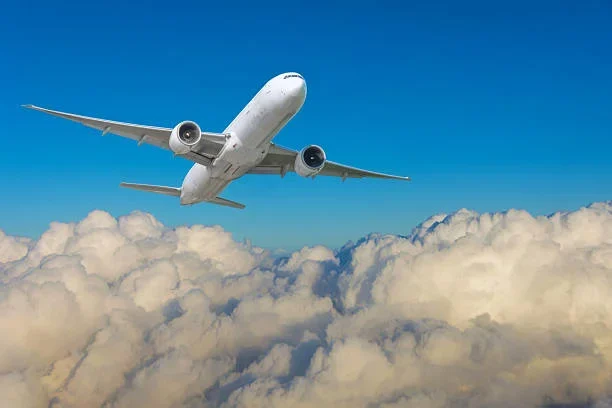For passengers, a diversion can seem disruptive, but in aviation, it’s a carefully planned safety measure. With less than 1 in 300 flights in the U.S. being diverted annually, these decisions showcase how aviation puts safety ahead of convenience.
1. Technical and Mechanical Issues
One of the most common causes of diversions is a mechanical or technical problem. Aircraft are built with multiple redundancies, but if a system shows signs of failure midair, crews will often reroute to the nearest suitable airport.
A recent example is the Delta DL275 incident, when a Detroit-to-Tokyo flight had to divert to Los Angeles due to an engine anti-icing system fault. By landing early, the crew prevented a minor malfunction from escalating into something far more serious.
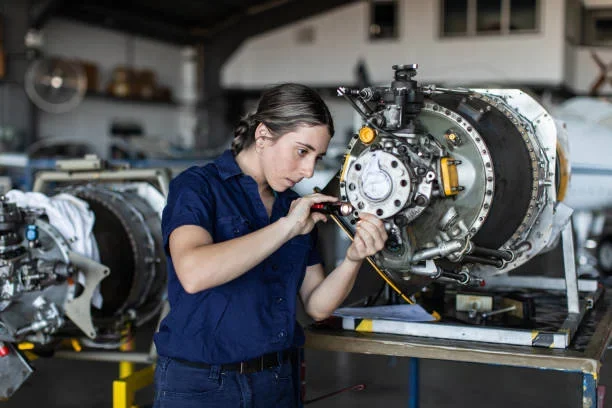
2. Cabin Pressurization and Environmental Systems
Modern jets rely on sophisticated pressurization and environmental controls to maintain comfort and safety at cruising altitudes. If these systems develop anomalies, a diversion becomes necessary.
In July 2025, the UA770 diversion incident saw a United Airlines flight from Barcelona to Chicago make an emergency landing in London after a pressurization system alert. Although passengers remained safe throughout, the diversion ensured the aircraft could be inspected before continuing
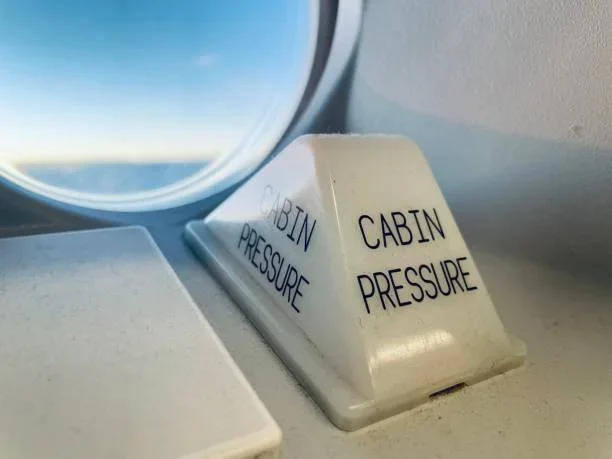
3. Severe Weather
From thunderstorms to heavy fog, weather remains one of the top reasons for diversions worldwide. In fact, aviation data suggests that over 74.2% of flight delays and diversions are weather-related. During peak summer travel, storm systems over the Midwest and East Coast often force U.S. flights to reroute or land at alternates.
4. Medical Emergencies
Sometimes, the reason for a diversion has nothing to do with the aircraft at all. If a passenger or crew member experiences a medical emergency, pilots will divert to the nearest airport with adequate healthcare facilities. These situations are less frequent but take absolute priority.
5. Security and Airspace Restrictions
Diversions can also result from disruptive passengers, onboard security threats, or sudden airspace closures. In recent years, geopolitical tensions have made this more common, with airlines frequently rerouting flights to avoid conflict zones. While disruptive for passengers, such decisions are made strictly with safety in mind.
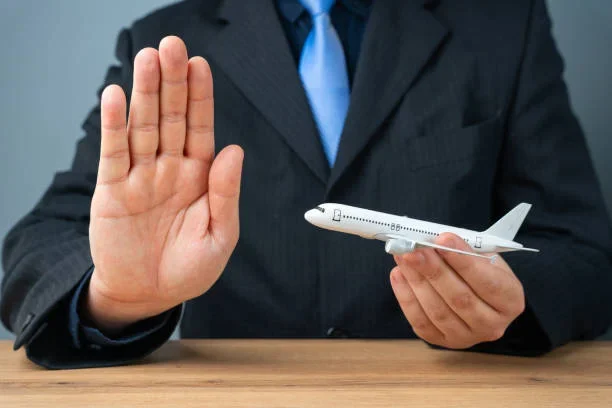
The Why Behind Diversions —and What Happens Next
When confronted with any of the above scenarios, airlines prioritize safety first. Decisions to divert involve weighing:
- Aircraft condition: Can the flight safely continue?
- Fuel reserves: Is there enough fuel to reach an alternate?
- Proximity: Which alternate airport is nearest and best-equipped?
- Airport readiness: Does the chosen alternate have emergency response capacity?
Though inconvenient, diversions demonstrate aviation’s safety-first philosophy. Pilots, airlines, and air traffic controllers weigh multiple factors, such as aircraft performance, fuel levels, medical urgency, and weather conditions, before deciding to change course.
Real-world cases highlight how diversions, while disruptive, ultimately keep passengers safe. They serve as a reminder that in aviation, safety is never compromised, even if it means an unexpected stop along the way.
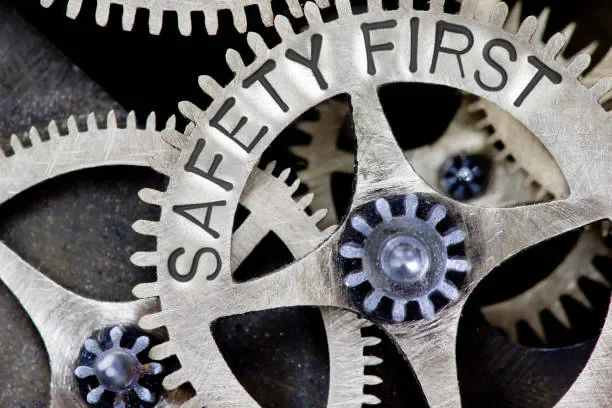
Final Thoughts
Next time your flight diverts, remember, it’s not just an inconvenience. It’s the system working exactly as it should: putting safety above everything else.






